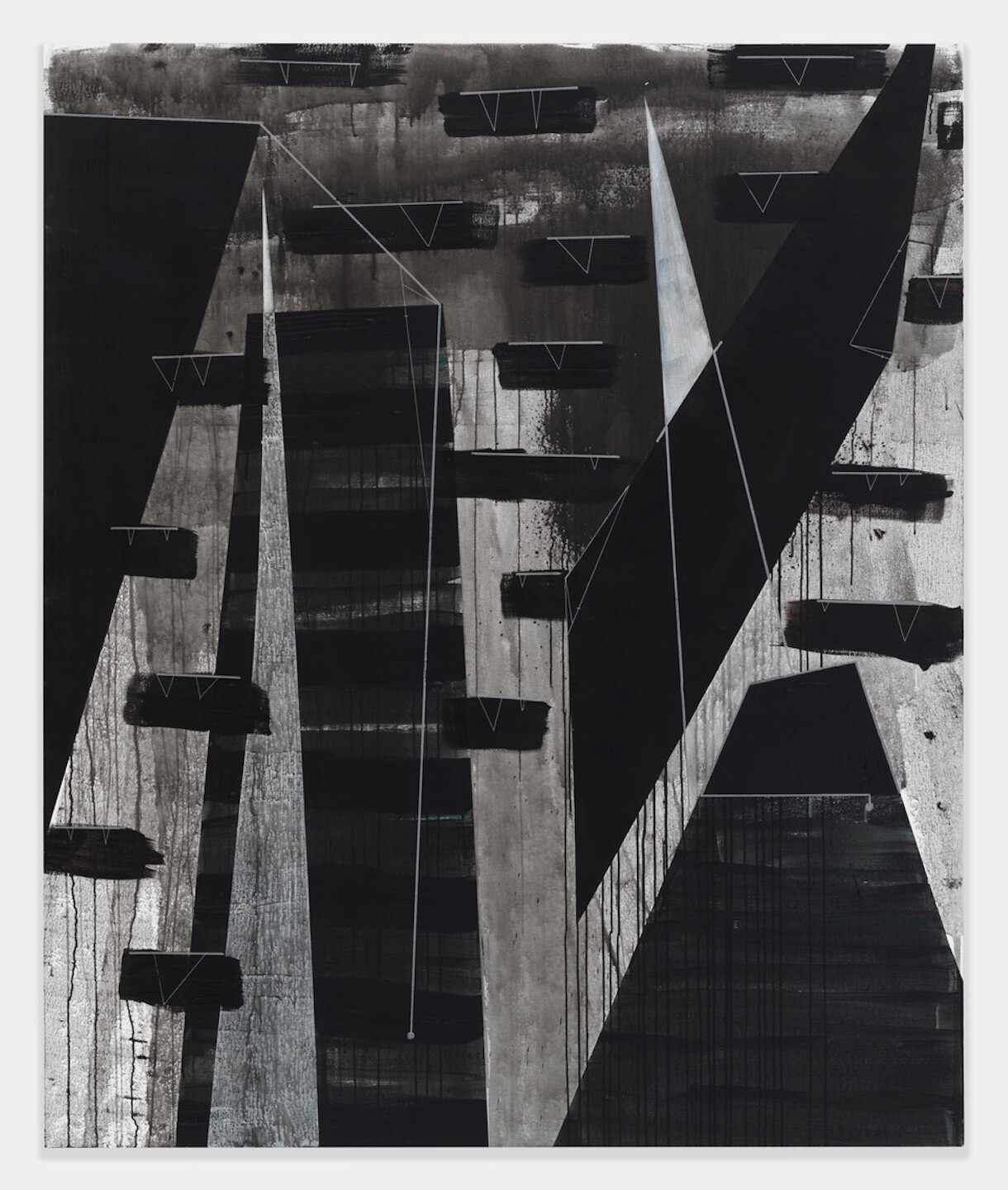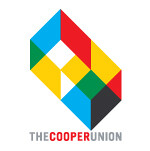I Can Drink the Distance
March 26–April 25, 2019
7 East 7th Street
New York, New York 10003
United States
The Cooper Union has named artist Torkwase Dyson to be the Spring 2019 Robert Gwathmey Chair. During her tenure, Dyson will show a new body of work, including a site-specific installation in the solo exhibition I Can Drink the Distance, on view from March 26 through April 25, 2019 in the school’s 41 Cooper Gallery, and present a free, public lecture about her art in conjunction with the exhibition on April 2, 2019 in Cooper’s historic Great Hall. She will also present a design challenge to faculty and students from across Cooper Union’s three schools of art, architecture, and engineering, and utilize the gallery for an undergraduate design workshop in addition to teaching painting to School of Art students.
I Can Drink the Distance, presented by the school’s The Irwin S. Chanin School of Architecture, considers how the body unifies, balances, and arranges itself moving through undisturbed and built environments. It is based on Dyson’s research on perception, mobility, forced migration due to climate change, and the right for equitable geographies today. Through a variety of paintings, drawings, and sculptures, some of which are to be recomposed throughout the run of the exhibition, Dyson challenges visitors to experience different perceptions of light, distance, scale, and dispersement. A 30-foot monolithic yet modular structure covered in liquid graphite invites viewers to enter and experience first-hand a short incline climb, culminating in light streaming from a small window from the structure’s ceiling. The installation draws from legacies of minimalism and expressionism, and is informed by what Dyson calls “Black Compositional Thought,” looking at the efficiency and insistence of black spatial liberation strategies from the transatlantic slave trade into the modern industrial revolution. The gallery’s back half will be reserved as a working design studio for Cooper Union undergraduates to ideate design solutions for a floating habitat in the Gulf of Oman at the edge of Kalba, a city in the Emirate of Sharjah in the United Arab Emirates, complete with pin-up space and video of the site’s challenging environmental conditions.
“Torkwase Dyson’s work explores practices that cannot easily fall into simple disciplinary silos. While taking on challenging social, political, and global issues, her work also delves into the spaces that bring varied perspectives into collaboration,” says Nader Tehrani, Dean of Cooper’s The Irwin S. Chanin School of Architecture. “To this end, her work at Cooper Union, and the prompt she has set forth for the Schools of Art, Architecture, and Engineering is a unique opportunity, not only to enter into the space of her imagination, but also into her very methodologies.”
“Dyson’s practice which is rooted in radical resistance through black spatial history offers solution-driven advances for global human rights, and the opportunity for our art students to study with her both in a traditional studio classroom and through workshops that demonstrate how critical architecture and engineering become when creating larger sculptures is invaluable,” continues Mike Essl, Dean of Cooper’s School of Art.
Dyson will speak about her work and the questions inherent in her projects, such as how spatial perceptions and the methodological conditions of black fugitivity can be scaled to create new synergetic human geographies and equity, and advance remediation practices, in Cooper Union’s Great Hall on Tuesday, April 2 at 7pm. The lecture will be followed by a conversation with moderator Mario Gooden. The free, public lecture is co-sponsored by both Cooper’s schools of art and architecture and The Architectural League of New York. A reception will be held in the gallery after the Great Hall lecture.
Born in Chicago, Illinois, Torkwase Dyson spent her developmental years between North Carolina and Mississippi. Traversing these regions helped her develop a fundamental sensitivity towards urban development, southern landscape, and black spatial justice. During her years at Tougaloo College, where she majored in sociology and double minored in social work and fine art, she began to examine the spatial dynamics of black history and how these histories were connected geographically. Over the next 10 years, Dyson traveled to Africa and South and Central America to strategize with communities of color on ways to attain resource equality. During this time she earned her first Bachelor of Sociology at Tougaloo College, a Bachelor of Fine Arts in painting from Virginia Commonwealth University, and her Master of Fine Arts in painting from the Yale School of Art. Her work has been exhibited at the Studio Museum in Harlem, the Whitney Museum of American Art, the Museum of Modern Art, the Smithsonian National Museum of African Art, and more. In 2016 Dyson was elected to the board of the Architecture League of New York as Vice President of Visual Arts.
The Gwathmey Chair was established by architect Charles Gwathmey in his father’s name. Robert Gwathmey, a printer and painter, was a professor who taught drawing at The Cooper Union for many years. The rotating interdisciplinary professorship in art and architecture has previously been held by Bill T. Jones, Maya Lin, and Hans Haacke, to name a few.


